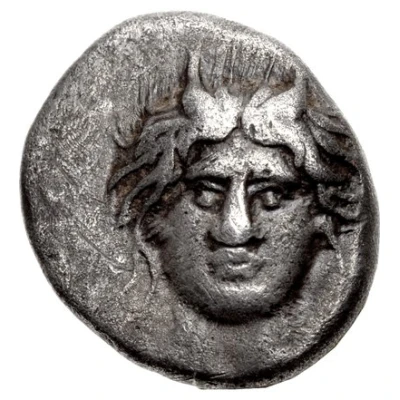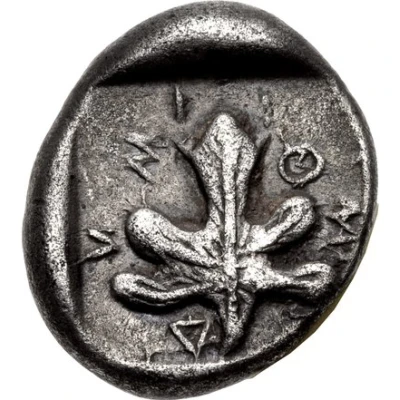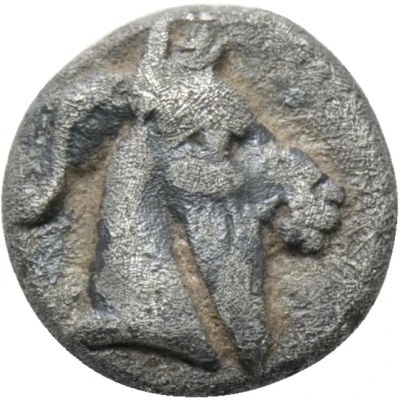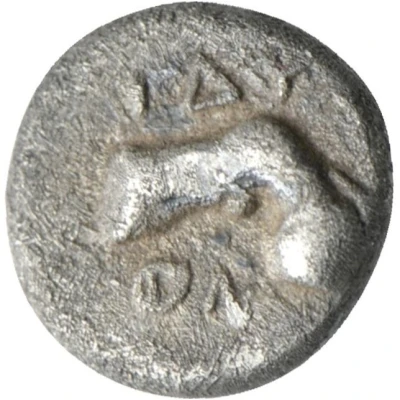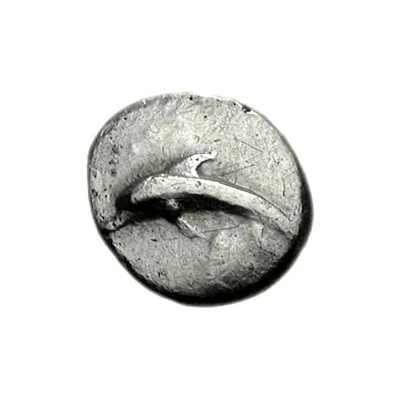
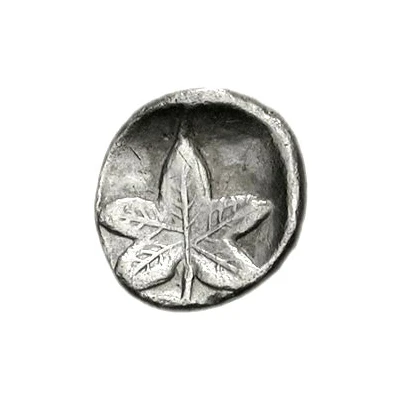

© Classical Numismatic Group, Inc.
Hemiobol 430 BC - 420 BC
| Silver | 0.35 g | 7 mm |
| Issuer | Idyma (Caria) |
|---|---|
| Type | Standard circulation coin |
| Years | 430 BC - 420 BC |
| Value | Hemiobol (1⁄12) |
| Currency | Drachm |
| Composition | Silver |
| Weight | 0.35 g |
| Diameter | 7 mm |
| Shape | Round (irregular) |
| Technique | Hammered, Incuse |
| Orientation | Variable alignment ↺ |
| Demonetized | Yes |
| Updated | 2024-10-09 |
| Numista | N#147514 |
|---|---|
| Rarity index | 100% |
Reverse
Fig leaf within incuse square.
Comment
SNG Kayhan (2002) 789.
Interesting fact
The Hemiobol coin from Idyma (Caria) was used as a form of currency in ancient Greece, specifically in the city-state of Caria, during the 5th century BC. It was made of silver and weighed approximately 0.35 grams. Despite its small size and value, the Hemiobol was an important coin in ancient Greece, as it was used to purchase everyday items such as food, clothing, and other necessities. It's fascinating to think that this small coin played a significant role in the economy and daily lives of ancient Greeks over 2,000 years ago!
Price
| Date | Mintage | VG | F | VF | XF | AU | UNC |
|---|---|---|---|---|---|---|---|
| ND (430 BC - 420 BC) | - | - | - | - | - | - |
Values in the table are based on evaluations by sales realized on Internet platforms. They serve as an indication only for Hemiobol (430 BC - 420 BC) coin.
